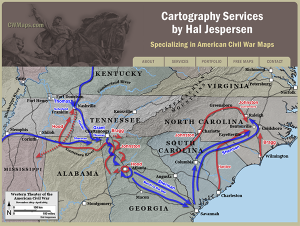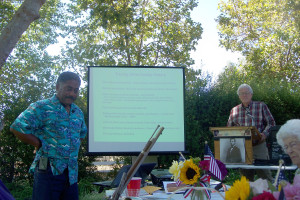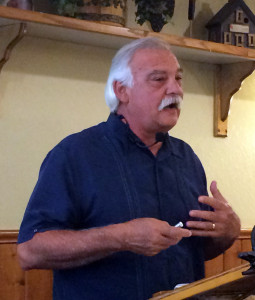Civil War Quiz – What Happened During the Month of September, 1861-1865?
Q#1 – In September 1861, President Lincoln revokes an unauthorized military proclamation of emancipation in Missouri and relieved the Union commander who issued it. What was the name of that Union commander?
Q#2 – What was the date of the Battle of Antietam?
Q#3 – What action did President Lincoln take on September 22, 1862?
Q#4 – The Battle of Chickamauga was fought on September 19/20, 1863. What were the names of the Confederate and Union commanders?
Q#5 – What significant Union victory occurred on September 2, 1864?
Q#6 – What major military action occurred during September 12-15 that was part of Lee’s first invasion of the North?
Q#7 – After many failed attempts to capture it, what Confederate fort located in South Carolina was finally captured by Union troops on September 7, 1863?
Q#8 – What was the name of the battle that was fought on September 12-20, 1861, in Missouri that was won by the Confederates and threatened to keep Missouri in the Union?
Q#9 – On September 4, 1861, a Confederate army moved into Kentucky, occupied Columbus, and began occupying high ground overlooking the Ohio River. What was the name of the Confederate commander?
Q#10 – Following Union general Pope’s disastrous defeat at the Battle of Second Bull Run, what action did President Lincoln take on September 2, 1862?
Q#11 – What major legal action did President Lincoln take on September 24, 1862, that now affected all the states in the North?
Q#12 – On September 8, 1863, the Second Battle of Sabine Pass was fought when a Union flotilla of four gunboats and seven troop transports steamed into Sabine Pass and up the Sabine River. What was the reason for this military engagement?
Q#13 – What was the name of the battle fought on September 21-22, 1864, when Union general Philip Sheridan defeated the Confederate army led by General Jubal Early, which opened up the Shenandoah Valley to a Union “scorched earth” invasion that became known as the “Burning” or “Red October”?
Q#14 – During March 19-21, 1865, what battle was fought in North Carolina?
Q#15 – What was the name of the battle fought on September 14, 1862, initiated by Union General George McClellan after he found Lee’s General Order 191?





